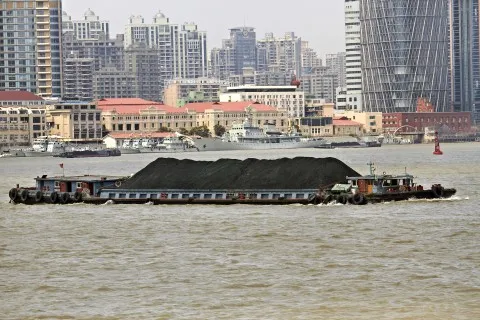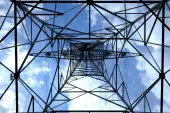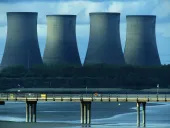
China aims to hike non-fossil energy to at least 15% by 2020
Additional policies will likely be rolled out to achieve this.
China's 13th Five-Year Plan aligns with stronger rhetoric on environmental policy over the past year and reiterates the government's commitment to reducing coal use and boosting alternative fuels in the power mix, according to BMI Research.
Provincial power integration, shifting power consumption patterns, a focus on 'green tech' and power pricing reforms are the key themes BMI Research highlighted for the power sector over the five-year timeframe.
The release of China's 13th 'Five-Year Plan' (5YP), which guides China's economic and social development over 2016 to 2020, aligns with many of our underlying views of the evolving power and renewables market in China.
Here's more from BMI Research:
One central theme that dominates China's 5YP is growing concern about environmental stewardship and the implementation of environmental policies most notably to curb coal consumption, whilst at the same time boost the clean energy sector.
This has been a key theme in our analysis over the last year, as pressure has mounted on the government to reduce air pollution and take a more central role in climate change negotiations.
The 5YP reflected the government's ongoing commitment to diversifying its power mix away from coal towards cleaner energy sources: highlighting plans to invest USD6.6trn on low-carbon technology, renewables, energy efficiency and emissions reduction products.
China increased use of non-fossil fuels so that they grew from 9.4% of primary energy consumption in 2010 to 12% in 2015, over-achieving against the 12th FYP target of 11.4% by 2015. The new target aims to increase non-fossil energy to at least 15% by 2020, and at least 20% by 2030.
China has registered significant success in tackling coal consumption and promoting the use of cleaner fuels such as nuclear, hydropower, renewable energy and gas - and we have adjusted our forecasts accordingly to represent this power mix shift.
We expect additional policies to be implemented over the 2016-2020 timeframe (including the introduction of a carbon cap and trade scheme in 2017) to both discentivise the use of coal in the power sector and also to support the clean energy sectors. This creates downside risks to our coal-generation forecasts and upside to our hydropower, renewables, nuclear and gas forecasts.



















 Advertise
Advertise







